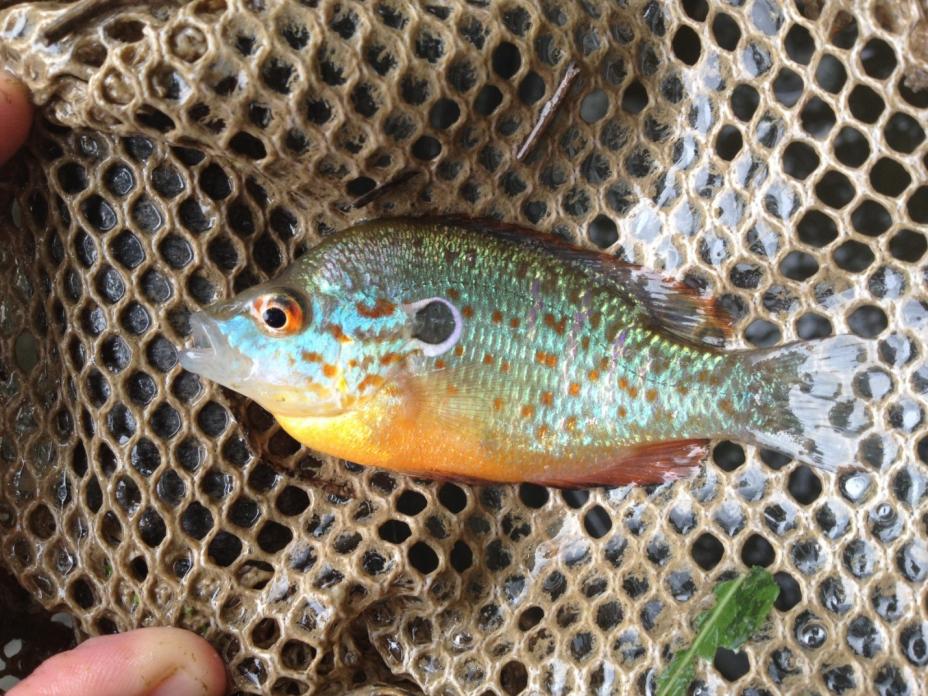Indicators: Fish Assemblage
What is fish assemblage?
Fish assemblage refers to the variety and abundance of fish species in a given waterbody.

Why is it important to evaluate fish assemblage?
Fish are sensitive indicators of physical and chemical habitat degradation, environmental contamination, migration barriers and overall ecosystem productivity. They require plants, insects and small aquatic creatures to feed on; in-stream and streambank cover to shelter in; appropriate sediment/substrate conditions for spawning; and overhanging vegetation to shade the water in which they live. They are affected by changes in temperature, dissolved oxygen, pH and myriad other physical and chemical constituents in water. They are also long-lived, will move (if they can) to avoid pollutants or other stresses and are economically, culturally and recreationally valuable.
What can fish assemblage tell us about the condition of water?
Evaluating fish assemblage has been integral to water monitoring and water quality management programs for many years. Because of the roles fish play in aquatic communities, and their ability to move to different environments based on changing conditions, the variety and diversity of fish species found at a given site serves as an indicator of biological integrity and water quality.
